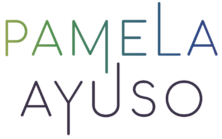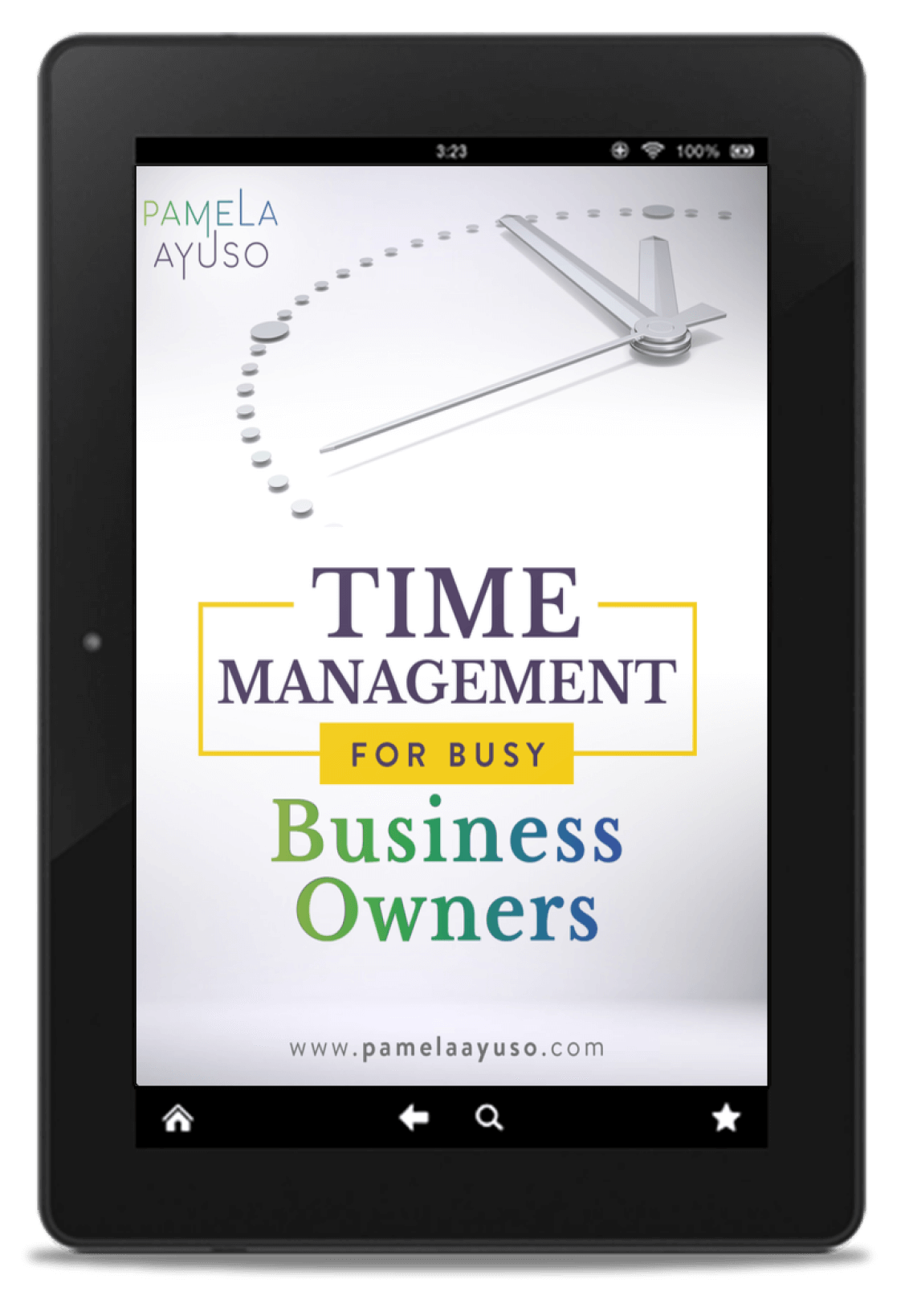I’m participating in a seminar, the Central American Leadership Initiative (CALI), where we commit to starting a new social impact venture – something I have always wanted to do. I also decided to take this project as an opportunity to learn new models and frameworks for how to launch a venture. As an entrepreneur, part of my daily work is starting new projects and implementing ideas. Through trial and error, I have developed a successful method, but this is a chance to learn something new and introduce improvements.
I’m at the point where I need to select a project and then research and refine it. I’m having a difficult time choosing what I want to devote my energies to because I want to work with a topic I care deeply about. It also must be something in which I have a strength and, of course, the tools to implement.
![[Photo: Annie Spratt/Unsplash]](/wp-content/uploads/2021/01/annie-spratt-ok-5oP0kyxk-unsplash.jpg)
[Photo: Annie Spratt/Unsplash]
Instead of pushing ahead the way I usually would, I am instead first educating myself using the guidelines, best practices, as well as the models and tools the seminar introduced to us. Because I’ve never used them before, some of them feel awkward, and I am feeling very lost as I explore. Although I’m following them step-by-step, I am not sure whether they will work for me or not, but I am trusting the process.
I hope that once I learn how to use these new models, I will have more tools in my toolkit that I can utilize as an entrepreneur not only in my company but in other kinds of ventures in the future.
Some of the tools that are new to me:
Kumu
Kumu builds beautiful relationship maps to find the root causes of the problems I want to address. These root causes are powerful places that, if changed, can make an impact.
I’ve found it helpful to map out my thoughts and assumptions. By writing down my ideas using this map, I have found connections that I have not seen in the past. Also, I can visually lay out what areas I want to work in and delve deeper into my thought process. With this map, others can look at it to help improve it and possibly find other links.
Kumu offers tools to analyze your maps and show which connections are the most prevalent, and therefore, the best places in which to make a change.
Business Opportunity Map
A business opportunity map is a tool that you can use to see what gaps you can identify in the market you want to serve. It forces to you to describe the market you are serving and what market you want to move into, what products and services you wish to offer, how you will deliver your products and services, how you will produce them, and what business model you will use, including your pricing strategy and vendors with whom you wish to partner.
I am finding this tool to be very useful because I was focusing more on the product or service I wished to deliver, but I forgot about the other parts of the equation. My goal is to fill in the spaces so that my project covers all the bases.
![[Photo: Cmophoto Net/Unsplash]](/wp-content/uploads/2021/01/cmophoto-net-kswCGccmQVA-unsplash.jpg)
[Photo: Cmophoto Net/Unsplash]
Some tools I’ve worked with in the past, but do not master:
Exploration
Exploring without focusing on the outcome is something I do not do well. But I firmly believe that this is a vital part of creating and launching projects—to be okay with not knowing and searching. To that end, I am taking my time exploring to see what fits in best. So far, I have stayed in this stage much longer than I would have in the past.
While uncomfortable, the learned patience is starting to bear fruit. Some of my initial ideas were good, but they did not fit in with my strengths or passion. Recently I have found others that more clearly marry a topic I care about with my platform. I want to be further ahead than I am at the moment, but if I dove straight into designing a plan using the first idea I had, I would not have come across some of the concepts I am exploring.



